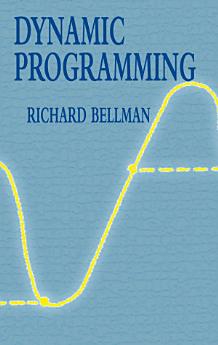Dynamic Programming
អំពីសៀវភៅអេឡិចត្រូនិកនេះ
ការដាក់ផ្កាយ និងមតិវាយតម្លៃ
អំពីអ្នកនិពន្ធ
The Dawn of Dynamic Programming
Richard E. Bellman (1920–1984) is best known for the invention of dynamic programming in the 1950s. During his amazingly prolific career, based primarily at The University of Southern California, he published 39 books (several of which were reprinted by Dover, including Dynamic Programming, 42809-5, 2003) and 619 papers. Despite battling the crippling effects of a brain injury, he still published 100 papers during the last eleven years of his life. He was a frequent informal advisor to Dover during the 1960s and 1970s.
Professor Bellman was awarded the IEEE Medal of Honor in 1979 "for contributions to decision processes and control system theory, particularly the creation and application of dynamic programming." The IEEE citation continued: "Richard Bellman is a towering figure among the contributors to modern control theory and systems analysis. His invention of dynamic programming marked the beginning of a new era in the analysis and optimization of large-scale systems and opened a way for the application of sophisticated computer-oriented techniques in a wide variety of problem areas ranging from the design of guidance systems for space vehicles to pest control and network optimization."
In the Author's Own Words:
"Scientific developments can always be made logical and rational with sufficient hindsight. It is amazing, however, how clouded the crystal ball looks beforehand. We all wear such intellectual blinders and make such inexplicable blunders that it is amazing that any progress is made at all." — Richard Bellman







